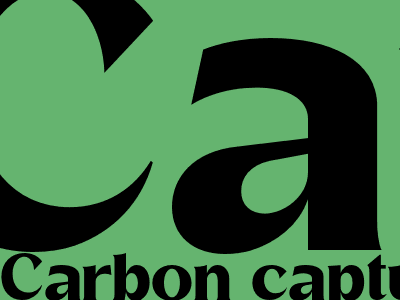
Carbon Capture Won’t Work for Iron and Steel Makers, New Report Says
Study Finds That Carbon Capture Technology Is Not a Feasible Solution for Reducing Emissions From These Industries
A new report by the Center for Industrial Carbon Capture (CICC) has found that carbon capture technology is not a feasible solution for reducing emissions from the iron and steel industries. The study, which was commissioned by the U.S. Department of Energy (DOE), found that the cost of carbon capture would be too high and that the technology would not be able to capture enough carbon dioxide to make a significant impact on emissions.
Key Findings of the Report
- The cost of carbon capture would be too high for iron and steel makers to implement. The study found that the cost of capturing carbon dioxide from iron and steel plants would be between $50 and $100 per ton of carbon dioxide. This is significantly higher than the cost of carbon capture from other industries, such as power plants.
- Carbon capture technology would not be able to capture enough carbon dioxide to make a significant impact on emissions. The study found that carbon capture technology would only be able to capture about 20% of the carbon dioxide emissions from iron and steel plants. This is not enough to make a significant impact on emissions.
- There are no proven technologies for capturing carbon dioxide from iron and steel plants. The study found that there are no proven technologies for capturing carbon dioxide from iron and steel plants. This means that there is no guarantee that carbon capture technology will be able to work in these industries.
Implications of the Report
The findings of the report have significant implications for the iron and steel industries. The report shows that carbon capture is not a feasible solution for reducing emissions from these industries. This means that the iron and steel industries will need to find other ways to reduce their emissions.
The report also has implications for the DOE. The DOE has been investing heavily in carbon capture technology. The findings of the report show that carbon capture is not a feasible solution for reducing emissions from the iron and steel industries. This means that the DOE will need to reconsider its investment in carbon capture technology.
Conclusion
The findings of the report are a major setback for the iron and steel industries. The report shows that carbon capture is not a feasible solution for reducing emissions from these industries. This means that the iron and steel industries will need to find other ways to reduce their emissions. The report also has implications for the DOE. The DOE will need to reconsider its investment in carbon capture technology.